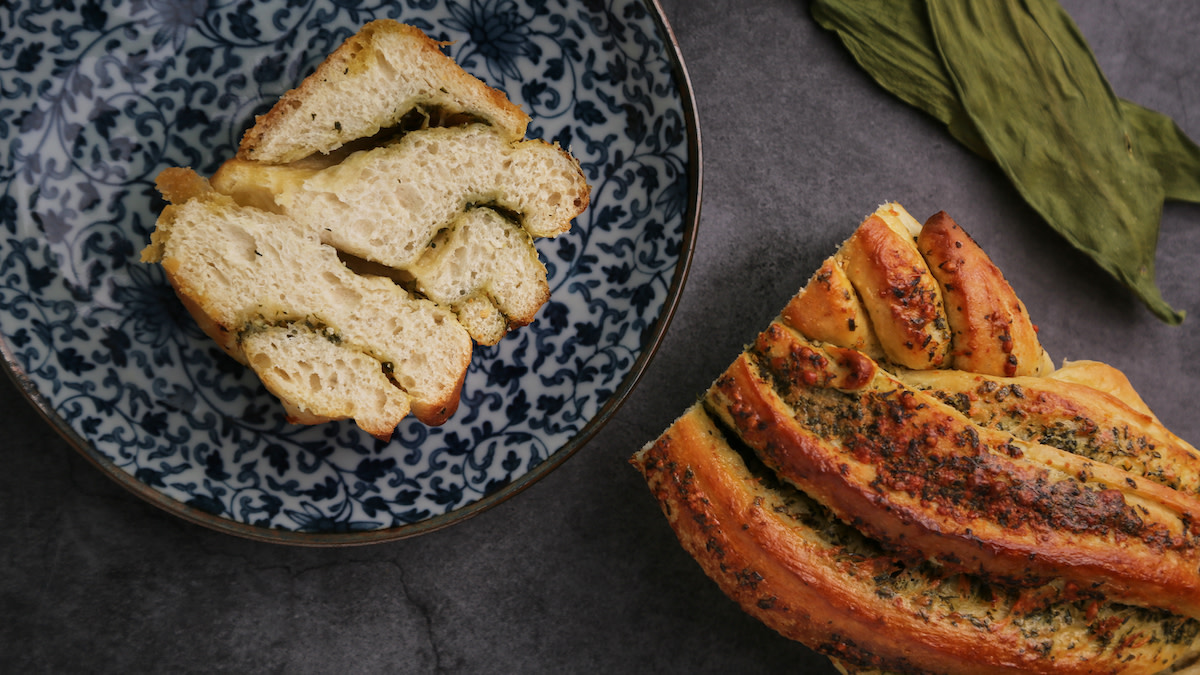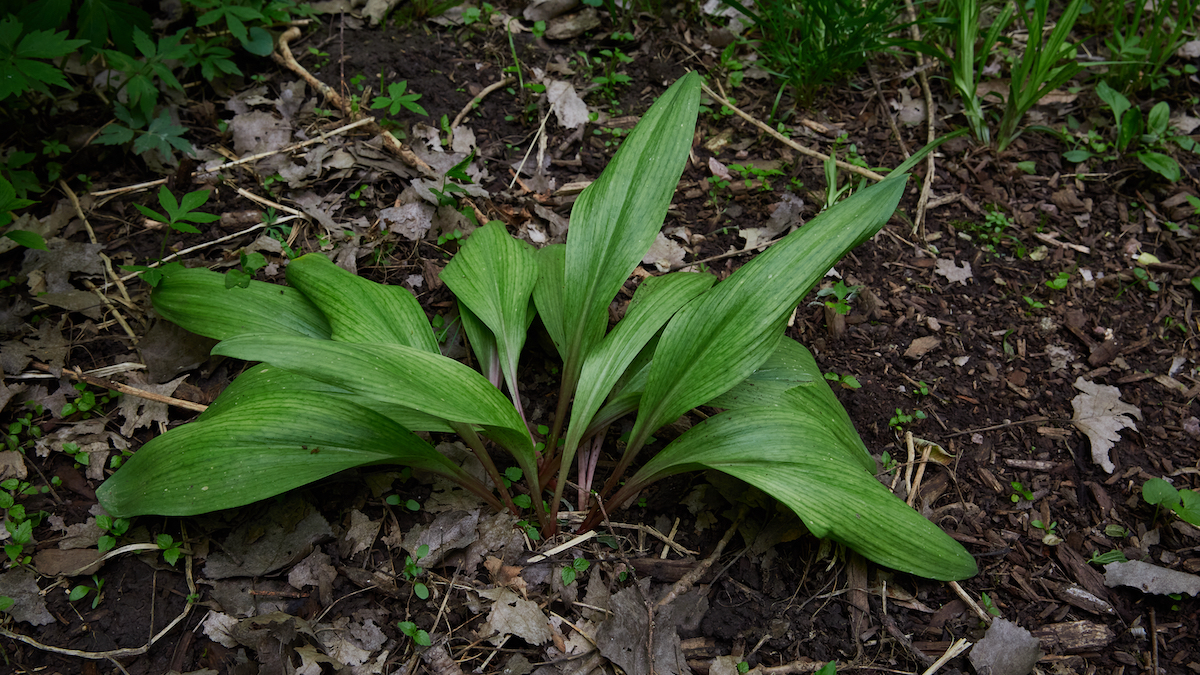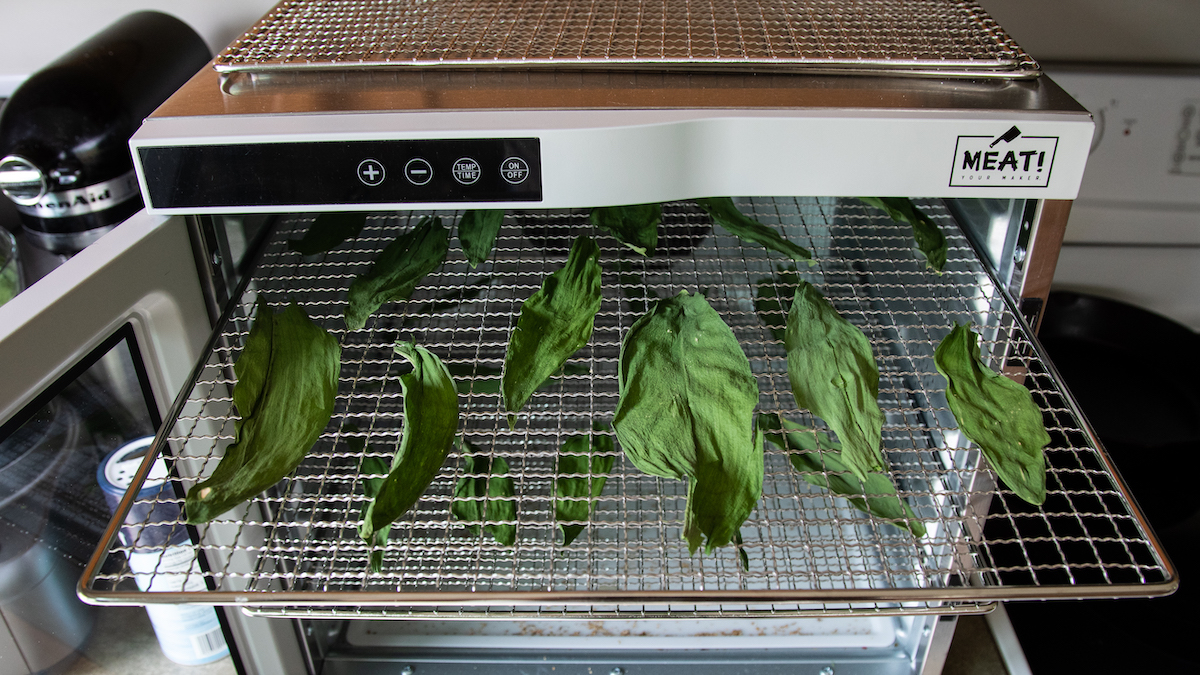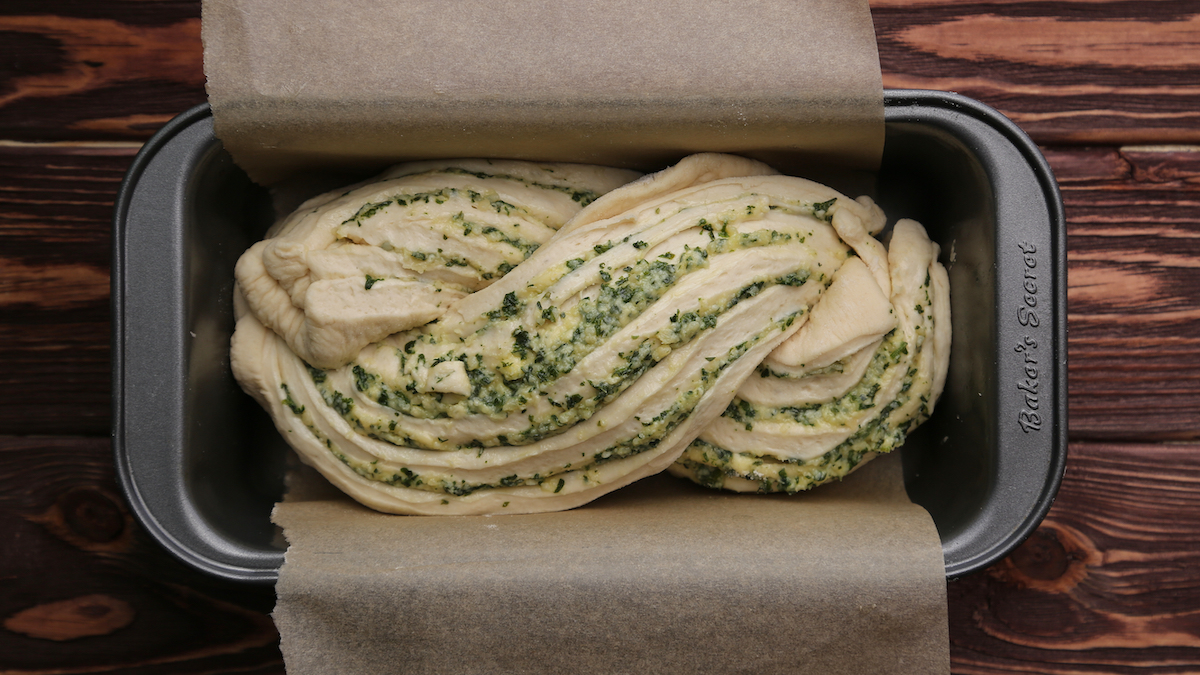
Ramps (Allium tricoccum), also called wild leek, is a native species of wild onion that grows across Eastern Canada and the Eastern United States—from Nova Scotia down through to Georgia and west to Iowa. In early spring, the onion’s underground bulb sprouts fleshy, tulip-like leaves. Crush the plant between your fingers, and you’ll notice its distinct onion smell. You may find one plant by itself or as part of a colony that might cover a large area of a forest floor.
Ramps are an early spring wild edible. Their leaves are ready for harvest long before trees leaf out, which limits sunlight from reaching them. When that happens, leaves quickly turn yellow and wither, making the season relatively short. But before you rush out to the woods, keep in mind that overharvesting is a serious issue. The commercialization of wild ramps to meet high demands in grocery stores, farmers markets, and restaurants has led to population declines in many areas of the United States. Unfortunately, the plant is extremely slow to recover. It takes seven years for germinating seeds to mature to flowering, seed-producing adults.
With that said, go to the woods with the mindset of harvesting ramps for your personal use only and taking home what you can reasonably eat.

How to Harvest Ramps Sustainably To read a more detailed account of how to harvest ramps, check out this recent article published on Wild + Whole.
To leave the bulb alone and allow the plant to go to seed, many foragers will collect leaves only—but there’s a right and wrong way to do this. Compared to other wild onion species, the leaves of ramps are relatively large. This allows the plant to take full advantage of photosynthesis before the forest canopy becomes too thick. When the leaves wither away in late spring, the plant then takes that energy to continue its life cycle. If you take too many leaves from a plant, the plant will die, and you may as well take the whole thing. Choose specimens with at least three leaves to harvest leaves, and snip off one leaf only. And don’t harvest too heavily in one area.
To harvest ramps, I use a small shovel for digging up bulbs and small pruning shears to take leaves. My husband carries a 5-gallon bucket filled with a little bit of water for the bulbs to sit in while we hike. If gathering leaves only, we use paper grocery bags with handles, which are light. Transport ramps in a cooler on the way home to keep them from going soft.
Store fresh ramps in the refrigerator and use within a few days. Fresh ramps don’t keep long, and when they go bad, they get slimy and stinky—all the more reason not to overharvest. One way I’ve been able to enjoy this wild edible longer is by making ramp powder. A small jar can last me a couple years.

Ramp Powder To make ramp powder, you only need the leaves. Trim the leaf right above the purplish-white stem. When I dehydrated ramps for the first time, I used the leaves and the stem. That was a mistake. The stem is thick and will dehydrate at a much slower rate than the leaves, which can be frustrating.
Arrange leaves on drying trays in one layer and not touching. Dry ramp leaves at 135 degrees Fahrenheit until the leaves turn brittle and completely dry. Rotate the trays occasionally to ensure even drying. Dry time will vary, as it will depend on the efficiency of your dehydrator and how much you’ve loaded the machine. I loaded my dehydrator to the max and it took a good two days for the leaves to fully dry. It was a lot of moisture to handle, so I had my dehydrator working overtime.

To turn the dried leaves into powder, pulse in a food processor until you get the desired texture. Lightly pulse for bigger flakes or grind into a fine powder. To make ramp salt, simply grind the leaves with desired amounts of coarse sea salt. Store your ramp powder or salt in recycled spice jars. It should keep as long as other dried spices in your pantry.
You can use ramp powder wherever garlic or onion powder is called for, but keep in mind that a little bit goes a long way with ramps. It’s quite pungent when dried, so you don’t necessarily want to make a 1:1 substitution in recipes. Add ramp powder to taste.
My favorite ways to use ramp powder are sprinkled on top of baked salmon, with lobster, in a marinade for venison, deviled eggs, in soup, coating a cheeseball, ramp vinaigrette, compound butter, and in ramp and cheese bread instead of garlic.







Conversation